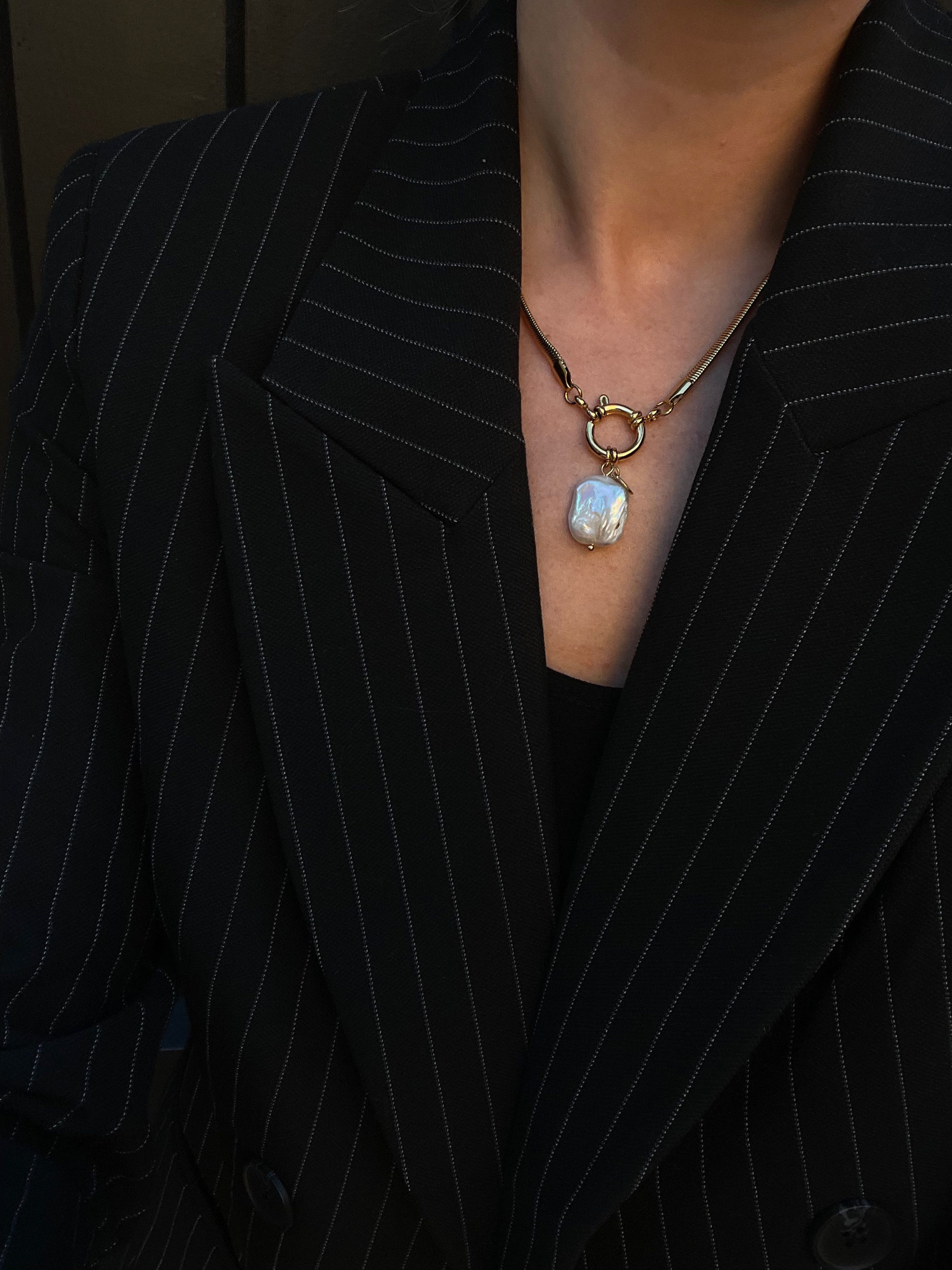
For ages, leadership was considered a man’s domain, with most powerful positions being held by men. However, over time, this has drastically changed, and women all around the world have challenged and broken the proverbial “glass ceiling.” Today, we see several women in leadership positions, from government to corporate, and from sports to entertainment. But, is female leadership different from male leadership? Can women bring something different to the table when it comes to leadership? Let’s explore this topic further.
Firstly, let’s face it – there are fundamental differences between men and women, both physically and mentally. However, there is no substantial evidence to prove that men are natural leaders, and women are not. In fact, research over time has shown that women possess several traits that make them effective and successful leaders. Women are natural multitaskers, empathetic, and good communicators. They are excellent at relationship building, which is crucial for leadership in any field.
Secondly, female leaders tend to focus more on collaboration and inclusivity rather than hierarchy and control. Female leaders tend to foster an environment where everyone is heard, rather than relying solely on their own opinions and ideas. This can lead to a more harmonious work environment or team culture and enhance overall productivity.
Thirdly, women leaders are often more innovative and open to new ideas. They tend to seek out different perspectives and ideas, which can make their decisions more well-rounded and diverse. Nurturing creativity and empowering others to think beyond conventional ideas can lead to exciting growth and progress and keeping teams fresh and motivated, leading for constant success.
Moreover, women leaders have a higher degree of emotional intelligence, which means they can manage and understand their own emotions and those of others. They can read between the lines and decipher varying messages from tone or body language more clearly, which can help manage and reinforce working relationships or address communication challenges between team members.
Lastly,
Conclusion:
In conclusion, there are certain qualities and traits that women possess that make them effective and successful leaders. Although there is no significant difference between female and male leadership, women bring a unique perspective and experience to leadership roles that can have a paradigm-shifting impact. As women continue to venture into leadership positions, it’s important to reflect on effective leadership qualities and discover how to refine our own leadership styles and collective actions. For women, leading with intent requires self-reflection on what effective leadership may look like and an actionable plan to achieve our goals. Let’s continue to challenge ourselves, take risks, and support each other as we break down more barriers.